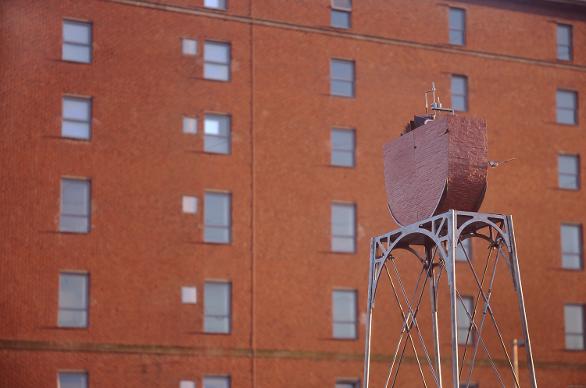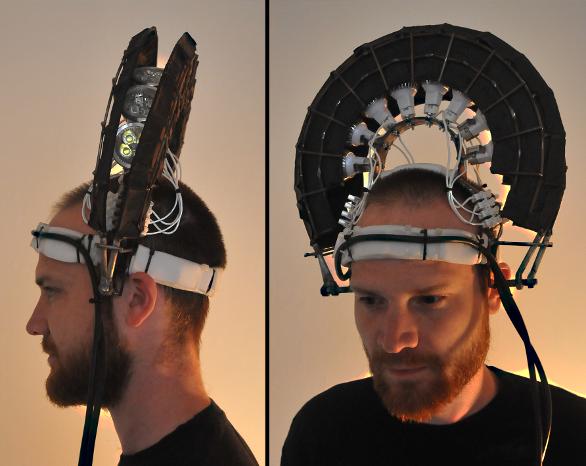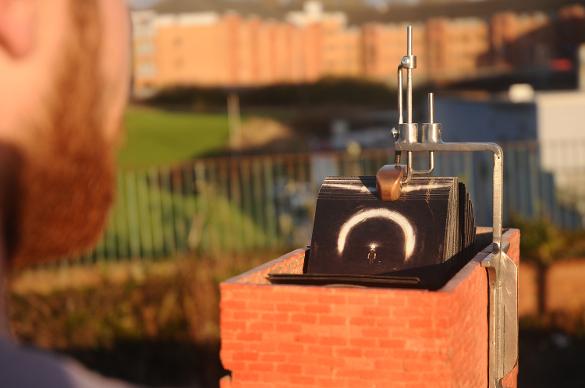Curio Urbex

A virtual passage through physical objects or architectural environments is becoming ever-more plausible with modern computing technologies. New devices intended for interactive gaming are being commandeered and adapted to become sophisticated sensory controllers, able to map and record a space simply by moving around it. In the not too distant future these could display a definition and sensitivity that surpasses our own first-hand experience of the object world.
My own reaction to these technologies is one of intrigue and excitement, for I can visit locations that have been mapped by satellite imaging technologies and bicycle-mounted cameras that I could never experience in the flesh, at least without considerable time or expense. This freedom is engaging and challenging. There are now constant references that our common online knowledge can instigate new forms of communication and social structure, a digital environment made effective by networks of individuals.
Our virtually-mapped world offers great possibilities, but we still live in cities which are chaotic juxtapositions of architectural styles and eras, oddly shaped conurbations linked by road, rail and water networks that leave forgotten tracts and strange civic cross-references in the wake of progress. Therefore, the experience of locating oneself in, and marking a physical passage through the tangible debris of a city still retains a significant conceptual hold upon me. Becoming accustomed to photographing a place brings forth the notion of moving through a material, as if it were an accumulation of flat images composed as a three-dimensional scan.
Therefore, my motivation is to create an analogue interpretation of digital mapping. For instance, a process such as visually documenting space can either be achieved quickly and unobtrusively with sensory controllers and a laptop, or its processes could be unraveled and turned into a noisy, messy endeavour whose end result occurs at the boundary between tangible form and momentary experience. In this sense, the kinetic effects produced by early moving-image technology begin to answer my dilemma. Over a hundred years ago devices such as the Mutoscope and the Kinora introduced the world to a mechanisation of the flip-book. Hundreds of sequenced images, often taken from frames of film stock, were assembled on a revolving drum. The viewer could then wind the drum and watch as the still image on each printed card frame came alive for a brief moment in time.
The concept of experiencing a situation in the flesh could also apply literally to the infamous content of some of these machines. The famous term What the Butler Saw derives from the name of a particular reel that depicted a derobing female, from the keyhole-perspective of her voyeuristic butler. The paying customer could re-live this brief titilation over and over again, their physical appearance at the device perhaps also resembling that of the butler: peering quietly and intently through a single, illicit eyepiece. The circular reel of stacked paper was coaxed into life by manually turning a handle, and the still images come alive and seem to exist momentarily in a space between the object and the viewer. Then, in the next moment, the ethereal film reverts to a stack of still images and ingenious Victorian engineering.

Head-mounted light array. Eight battery-powered LEDs are wired in parallel to a 12V supply. The array was worn during several walks through Glasgow's architectural tunnels, and the moving sliver of light documented with an SLR recording a continuous 'shutter-burst' of still images.
